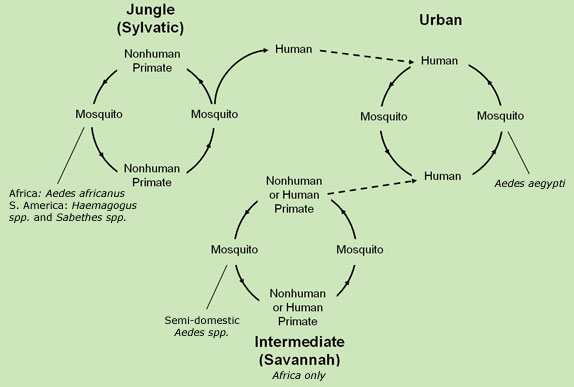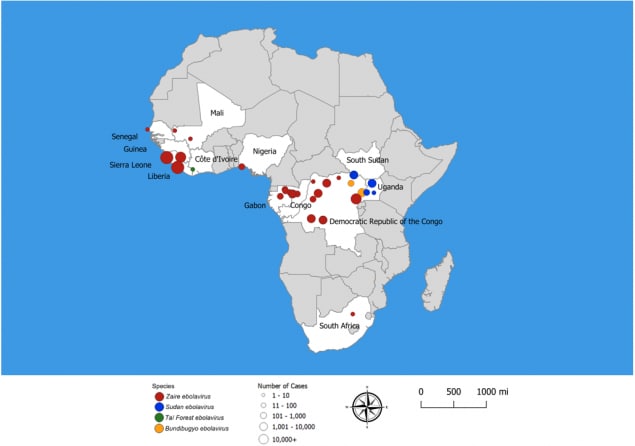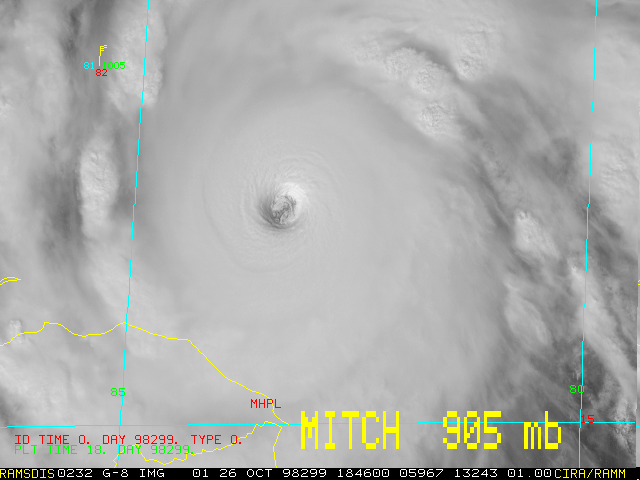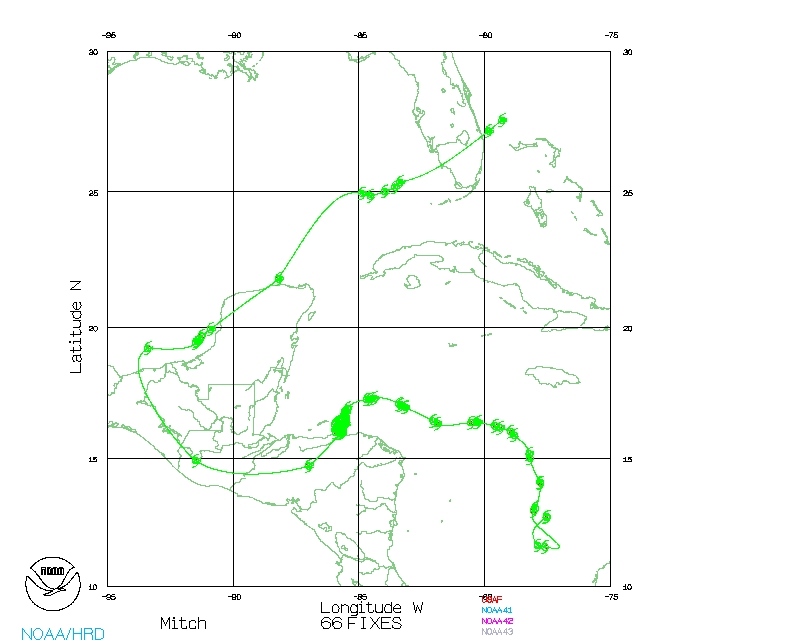Archive for the ‘Historical’ Category
11/14/1985: 25,000 lives were lost after the eruption of the Nevado del Ruiz volcano in Colombia
Wednesday, November 14th, 2018“…..The worst scene of destruction was the city of Armero. The wave of mud, rock and ice was nearly 100 feet high as it barreled down on the city……”
11/12/2001: Two months after 9/11, American Airlines 587 out of JFK in NYC crashes into a Queens neighborhood right after takeoff, killing 265 people.
Monday, November 12th, 201811/9/1872: A mammoth fire in Boston destroys hundreds of buildings and forced the establishment of an entirely new system of firefighting and prevention.
Friday, November 9th, 2018- There was not enough water on hand to get the fire under control;
- The hydrant system did not work well because much of the equipment was not standardized;
- The height of the buildings and the narrowness of the streets made it difficult to direct whatever water was available at the blaze from the optimum angle.
- A local equine epidemic had struck the city fire department’s horses making it difficult to get the fire engines to the correct locations at the right times.
- Explosions were used to attempt fire breaks, but this high-risk strategy was not executed with enough precision and served only to further spread the fire.
On this day in 1940, the Tacoma Narrows Bridge spectacularly collapses
Wednesday, November 7th, 2018https://www.youtube.com/watch?v=nFzu6CNtqec
Yellow fever earned New Orleans the nickname “Necropolis” — city of the dead.
Monday, November 5th, 2018NPR
“…..Yellow fever didn’t just kill. It created an entire social structure based on who had survived the virus, who was likely to survive it and who was not long for this world. And that structure had everything to do with immigration and slavery….”

11/3/1974: a guest staying on the sixth floor of a seven-story hotel falls asleep while smoking in bed causing a fire to rage out of control killing 88 and injuring another 30 people, mostly from a party on the 8th floor.
Saturday, November 3rd, 201811/2/1982: A truck explodes in the Salang Tunnel in Afghanistan, killing an estimated 3,000 people, mostly Soviet soldiers.
Friday, November 2nd, 2018“…… it is believed that an army vehicle collided with a fuel truck midway through the long tunnel. About 30 buses carrying soldiers were immediately blown up in the resulting explosion. Fire in the tunnel spread quickly as survivors began to panic. Believing the explosion to be part of an attack, the military stationed at both ends of the tunnel stopped traffic from exiting. As cars idled in the tunnel, the levels of carbon monoxide in the air increased drastically and the fire continued to spread…..”
All Saint’s Day, 1755: A series of 3 earthquakes + a 20′ tsunami hits Lisbon, Portugal, killing as many as 50,000 people
Thursday, November 1st, 2018https://www.youtube.com/watch?v=FGhv6zcBPxQ
Ebola Virus Outbreaks by Species and Size, Since 1976
Tuesday, October 30th, 2018
aire ebolavirus, Bundibugyo ebolavirus, and Sudan ebolavirus are the three species of Ebola virus responsible for the larger outbreaks in Africa. Zaire ebolavirus, the most fatal Ebola virus, was associated with the 2014-2016 outbreak in West Africa, the largest Ebola outbreak to date with more than 28,600 cases. Other large outbreaks of Zaire ebolavirus have resulted in hundreds of cases in the Democratic Republic of the Congo (DRC) and Gabon. Smaller outbreaks of this species have also occurred in DRC and Gabon, as well as the Republic of the Congo and South Africa. Sudan ebolavirus, with a fatality rate of 50 percent, has been the cause of several outbreaks in Uganda and others near the border between South Sudan and DRC. Bundibugyo ebolavirus, discovered in 2007, was associated with two outbreaks, one in DRC and the other on the border of DRC and Uganda. Taï Forest ebolavirus, the only other Ebola virus found in West Africa to date, was the cause of one case identified in Côte d’Ivoire.
| Country | Town | Cases | Deaths | Species | Year |
|---|---|---|---|---|---|
| Dem. Rep. of Congo | Bikoro | ongoing | ongoing | Zaire ebolavirus | 2018 |
| Dem. Rep. of Congo | Likati | 8 | 4 | Zaire ebolavirus | 2017 |
| Dem. Rep. of Congo | multiple | 66 | 49 | Zaire ebolavirus | 2014 |
| Multiple countries(https://www.cdc.gov/vhf/ebola/outbreaks/2014-west-africa/distribution-map.html#areas) | multiple | 28652 | 11325 | Zaire ebolavirus | 2014-2016 |
| Uganda | Luwero District | 6* | 3* | Sudan ebolavirus | 2012 |
| Dem. Rep. of Congo | Isiro Health Zone | 36* | 13* | Bundibugyo ebolavirus | 2012 |
| Uganda | Kibaale District | 11* | 4* | Sudan ebolavirus | 2012 |
| Uganda | Luwero District | 1 | 1 | Sudan ebolavirus | 2011 |
| Dem. Rep. of Congo | Luebo | 32 | 15 | Zaire ebolavirus | 2008 |
| Uganda | Bundibugyo | 149 | 37 | Bundibugyo ebolavirus | 2007 |
| Dem. Rep. of Congo | Luebo | 264 | 187 | Zaire ebolavirus | 2007 |
| South Sudan | Yambio | 17 | 7 | Sudan ebolavirus | 2004 |
| Republic of Congo | Mbomo | 35 | 29 | Zaire ebolavirus | 2003 |
| Republic of Congo | Mbomo | 143 | 128 | Zaire ebolavirus | 2002 |
| Republic of Congo | Not specified | 57 | 43 | Zaire ebolavirus | 2001 |
| Gabon | Libreville | 65 | 53 | Zaire ebolavirus | 2001 |
| Uganda | Gulu | 425 | 224 | Sudan ebolavirus | 2000 |
| South Africa | Johannesburg | 2 | 1 | Zaire ebolavirus | 1996 |
| Gabon | Booue | 60 | 45 | Zaire ebolavirus | 1996 |
| Gabon | Mayibout | 37 | 21 | Zaire ebolavirus | 1996 |
| Dem. Rep. of Congo | Kikwit | 315 | 250 | Zaire ebolavirus | 1995 |
| Côte d’Ivoire (Ivory Coast) | Tai Forest | 1 | 0 | Taï Forest ebolavirus | 1994 |
| Gabon | Mekouka | 52 | 31 | Zaire ebolavirus | 1994 |
| South Sudan | Nzara | 34 | 22 | Sudan ebolavirus | 1979 |
| Dem. Rep. of Congo | Tandala | 1 | 1 | Zaire ebolavirus | 1977 |
| South Sudan | Nzara | 284 | 151 | Sudan ebolavirus | 1976 |
| Dem. Rep. of Congo | Yambuku | 318 | 280 | Zaire ebolavirus | 1976 |
*Numbers reflect laboratory confirmed cases only.



